Class Session: Thursday Jan 01, 1970
HTML Terms
Useful Terms
Hypertext
- Hypertext - a means of connecting documents by text links
- HTML - Hypertext Markup Language: a language that uses elements, attributes, and values (markup) to construct and link (hypertext) documents for easy access and display
- XML - Extensible Markup Language - a customizable markup language
- XHTML - Extensible Hypertext Markup Language: a reformulation of HTML 4 as an XML 1.0 application.
- DHTML- Dynamic Hypertext Markup Language: HTML, CSS, and JavaScript combined to create dynamic (as opposed to static) pages
- SGML - Standard Generalized Markup Language: the mother language from which HTML, XHTML, and XML were created
Element
-
Element-
a container that specifies the nature, formatting, or function of a portion of a
document.
Examples might include: <form>, <table>, <p>, <img> -
Tag - signifies the opening and closing of an element.
These tags signify the opening and closing of a paragraph: <p> </p> -
Empty element -
an element that has no content and is written as a single tag,
such as <img /> -
Block element
causes a line break after the element.
Paragraph <p>, Heading 1 <h1>, and Heading 2 <h2> are block elements -
Inline element
displays inline and does not generate a line break.
Examples include <strong> for bold and <em> for italics -
Proprietary element
is an element not part of the official HTML recommendation and often it is
supported only by the browser for which it was developed.
An example would be Netscape's <blink> element - Deprecated element or attribute is an element or attribute that is being phased out of HTML and therefore eventually will not be supported by browsers
-
Attribute
lists a characteristic of a particular element.
In this case, it lists the characteristic of a table border: <table border="3"> -
Value modifies the attribute in which it occurs.
In this case, it is modifying the border attribute: <table border="3"> -
Nesting
is the practice of placing elements inside one another (as opposed to overlapping them).
Nesting is the correct syntax for HTML.
Correctly nested elements:
<p> <b></b> </p>
Overlapping is incorrect and can cause problems with your web page.
Incorrectly nested (overlapped) elements:
<p> <b> </p> </b>
Client-server agents
- User agent is the means (e.g., a Web browser) by which one accesses an HTML document.
- Client-side describes anything that is done on the user's computer
- Server-side describes anything that is done on the Web server
- Common Gateway Interface, or CGI is a standard method for web server software to delegate the generation of web content to executable files.
- Script is a portion of programming code that can function in a Web page or on the server, but not as a stand-alone program
- Applet is a small program that can be embedded in a Web page
Document
- Well-formed document is one that uses correct HTML or XHTML syntax
- Valid document is one that conforms to a particular DTD (Document Type Definition)
- Document Type Definition, or DTD is a standard that identifies the elements, attributes, and values that comprise HTML, XHTML, XML, or any other language created with SGML.
- W3C is the World Wide Web Consortium, the group responsible for establishing standards for the World Wide Web
- for task 02.01, you will need to validate your HTML code using the W3C Markup Validation Service
- for task 02.02, you will also need to validate your CSS using the W3C CSS Validation Service
Skim these for ideas
and bookmark them for later use
- W3Schools' HTML Tutorial
- HTML Goodies - "the ultimate HTML resource"
- HTML Code Tutorial
